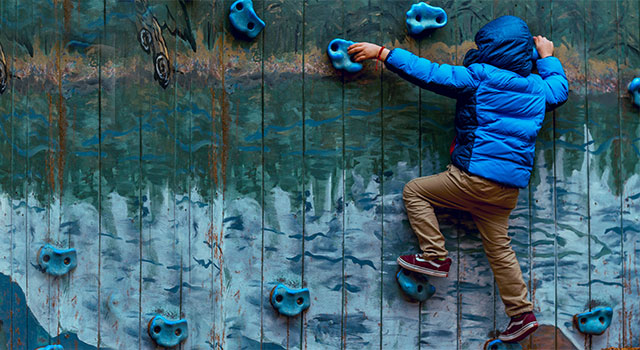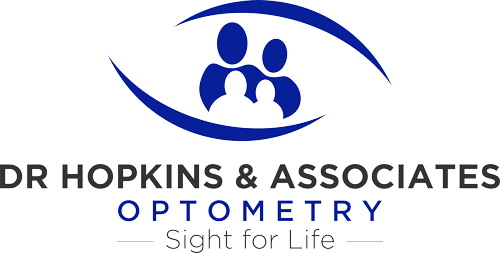
In recent years, rates of myopia have skyrocketed. Today, an estimated 1 in 10 school-aged children, and 1 in 3 adolescents, are nearsighted.
Even more worrying, the World Health Organization predicts that half of the world’s population will be nearsighted by 2050!
Parents may wonder what’s at stake for a myopic child. Won’t glasses or contact lenses do the trick?
Well, not exactly.
Myopia poses serious risks to a child’s future eye health, with significantly higher risks for serious eye conditions. Fortunately, myopia management can help lower those risks.
If your child is nearsighted and experiencing rapidly progressing myopia, we can help. The myopia management program offered by our dedicated optometrists at The Myopia Management Centre at Dr. Hopkins & Associates Optometry in Niagara on the Lake or St. Catharines can help ward off eye disease in later life.
How Does Myopia Affect the Eye?
A healthy eye is spherical in shape, similar to a baseball. A myopic eye is elongated, more like a football.
As myopia progresses, the eye continues to elongate. This process strains the retina and other eye tissues, making the eye more susceptible to sight-threatening eye diseases like glaucoma, retinal detachment, cataracts and macular degeneration.
Studies show that children with moderate-to-high myopia are 50% more likely to develop glaucoma and 17% more likely to need cataract surgery in later life. Moreover, a person with high myopia is about 6x more likely to develop retinal detachment, a serious eye emergency that can lead to irreversible vision loss.
Why are Myopia Levels Rising?
The recent surge in childhood myopia is multifactorial and complex, with genetics and increased daily screen time playing an important role.
Research studies have shown that a child with even one myopic parent has a higher chance of developing myopia. That risk is even higher if both parents have myopia.
Plus, the COVID-19 global pandemic taught researchers a lot about eye health and screen time as studies examined the relationship between increased screen time and myopia onset and progression.
The findings have been consistent across the board: children who spend several hours each day staring at a screen are at greater risk of developing myopia. Spending less time outdoors has also been associated with higher levels of myopia.
Playing outdoors in the sunlight appears to lower the risk that a child will develop myopia and slow its progression. Additionally, outdoor play gives children an opportunity to focus on distant objects, an important function of healthy visual development.
Is High Myopia Preventable?
And now for the good news: you don’t have to sit back and watch your child’s prescription increase with each school year.
By providing your child with myopia management, you’ll be actively increasing their chances of life-long healthy eyes.
Myopia management treatments are evidence-based methods of significantly slowing down your child’s myopia progression. In some cases, myopia progression can even be stopped completely.
Myopia Management in Niagara on the Lake or St. Catharines
If your child has myopia, call us to learn more about the services we offer to protect their long-term eye health.
During a myopia consultation, we’ll thoroughly assess your child’s vision and eye health to determine the best treatment plan, tailored to your child’s age and specific needs.
To schedule your child’s appointment, call The Myopia Management Centre at Dr. Hopkins & Associates Optometry in Niagara on the Lake or St. Catharines today!
Frequently Asked Questions with Dr. Marianne Hopkins
Q: Are contact lenses safe for children?
A: The FDA has approved certain contact lenses for children as young as 8. We can help you and your child decide if they’re ready for contact lenses, which will depend on several factors.
Q: At what age can a child begin myopia management?
A: Although there is no specific age to start, myopia management is most effective in children below 12. Older children and adolescents can also greatly benefit from myopia management to stabilize their condition. If your child is only slightly myopic, now is the best time to start! Contact us to schedule their myopia consultation.

